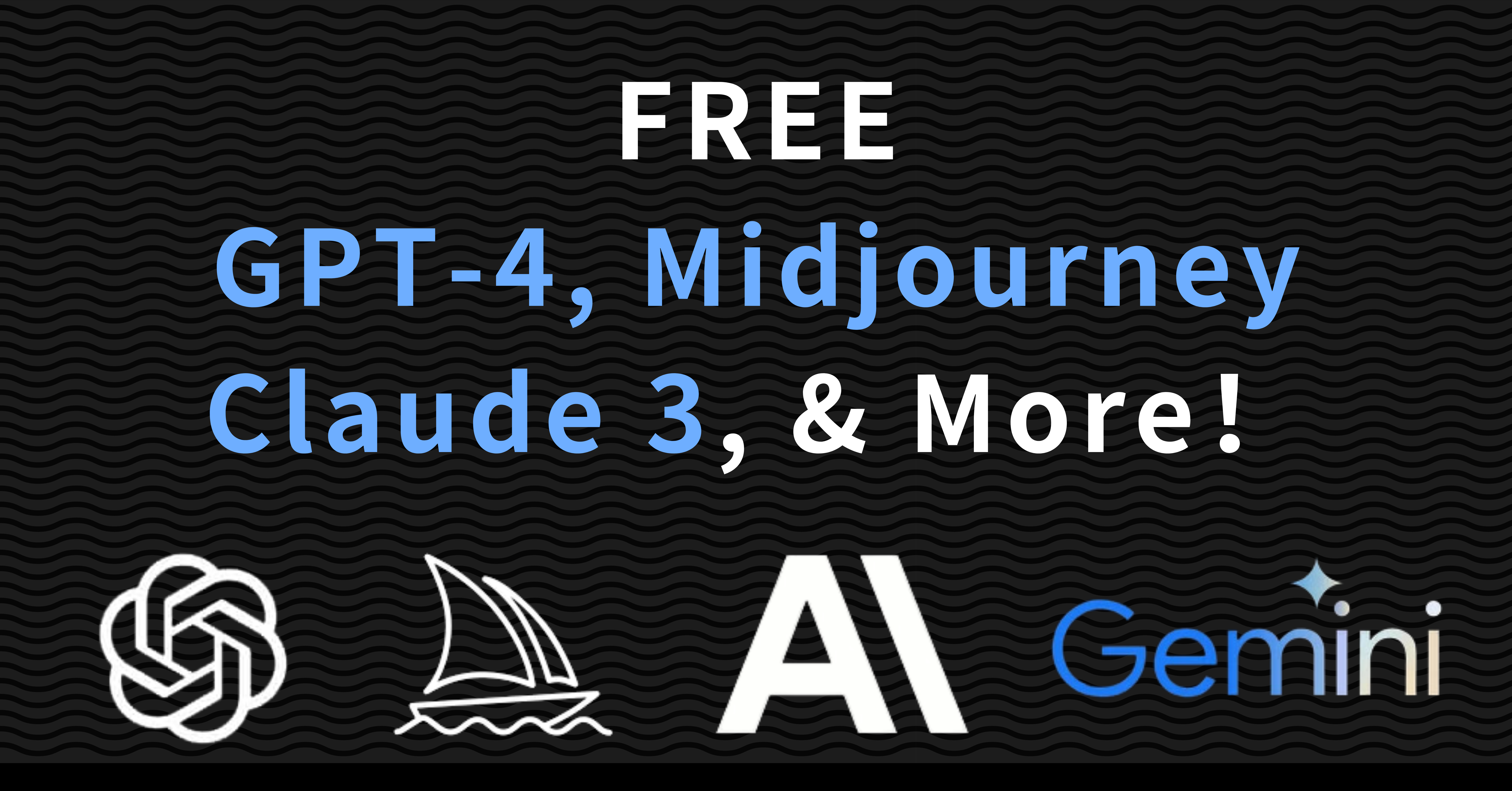Claude 3 Pricing Analysis: Comparing Costs and Capabilities with GPT-4

Unveiling the Cost Dynamics of Claude 3 AI Models
In the ever-evolving landscape of artificial intelligence, the introduction of Anthropic's Claude 3 models marks a significant milestone. As businesses and developers grapple with the financial implications of integrating advanced AI into their operations, understanding the nuanced pricing strategies of these powerful tools becomes paramount. This article explores the cost structures of the Claude 3 family, notably the Opus model, and evaluates their economic impact compared to competitors like OpenAI's GPT-4 Turbo.
Assessing Claude 3's Value Proposition
The Claude 3 suite, particularly the Opus model, is touted for its exceptional capabilities in handling complex tasks with higher accuracy and efficiency. While Claude 3 Opus is priced higher than some of its counterparts, its advanced features justify the cost for many enterprises. The model offers a robust context window and superior reasoning skills, making it particularly valuable for industries requiring deep analytical capabilities.

Pay-as-You-Go:
Top Up from Just $1 Balance Never Expires
All-in-One: Access All Models in One Place
AI Total Data Privacy
Unlimited Usage Limitation
Accepts Fiat and Crypto Payments
GlobalGPT: Harnessing Claude 3's Capabilities at a Lower Cost
GlobalGPT utilizes Claude 3 to provide sophisticated AI solutions without the hefty price tag typically associated with such advanced models. By integrating Claude 3 into its service offerings, GlobalGPT ensures that even startups and medium-sized enterprises can access top-tier AI tools, fostering innovation and competitiveness across various sectors. This strategic use of Claude 3 helps GlobalGPT not only enhance its product offerings but also maintain cost efficiency for its clients .
Claude 3 vs. GPT-4 Turbo: A Comparative Analysis
When it comes to pricing, Claude 3 models, especially Opus, are often compared to GPT-4 Turbo due to their similar functionalities. A detailed assessment reveals that while Claude 3 may come at a premium, its pricing reflects its higher throughput and broader application spectrum. For businesses that require extensive data processing and creative problem-solving capabilities, the investment in Claude 3 can lead to greater long-term value compared to GPT-4 .
Real-World Applications: Cost-Effective Strategies for AI Integration
The application of Claude 3 spans various industries, from financial services where it aids in complex analysis and decision-making to creative sectors that benefit from its enhanced content generation capabilities. By detailing specific case studies and industry applications, businesses can better understand how investing in Claude 3 models can optimize operational efficiencies and drive innovation .
Choosing the Right Model: Financial Considerations and Business Needs
For businesses contemplating the adoption of Claude 3, it is crucial to align their specific needs with the appropriate model. The article provides a breakdown of the cost implications for each model—Haiku, Sonnet, and Opus—helping decision-makers choose based on their budget constraints and technological requirements .
The Future of AI Pricing: Trends and Predictions
Looking forward, the AI market is set to witness significant changes in pricing strategies as competition intensifies and technology advances. This section speculates on future trends and how businesses can prepare for potential shifts in the cost of AI technologies, ensuring they remain at the cutting edge without compromising on financial sustainability.
Embracing AI Innovations: Strategies for Cost-Effective Deployment
As the demand for AI grows, so does the need for strategic deployment of these technologies. By adopting a well-informed approach to AI investment, businesses can harness the potential of models like Claude 3 without incurring prohibitive costs. This concluding section provides actionable insights and strategies for integrating AI solutions in a cost-effective manner, ensuring businesses can leverage the full potential of AI while managing their budgets effectively.
See Also
Free Mastery of Claude 3 Opus: An In-Depth Manual
Free Access to GPT-4: A Detailed Tutorial
AI Empowerment: Unleashing the Potential of ChatGPT
